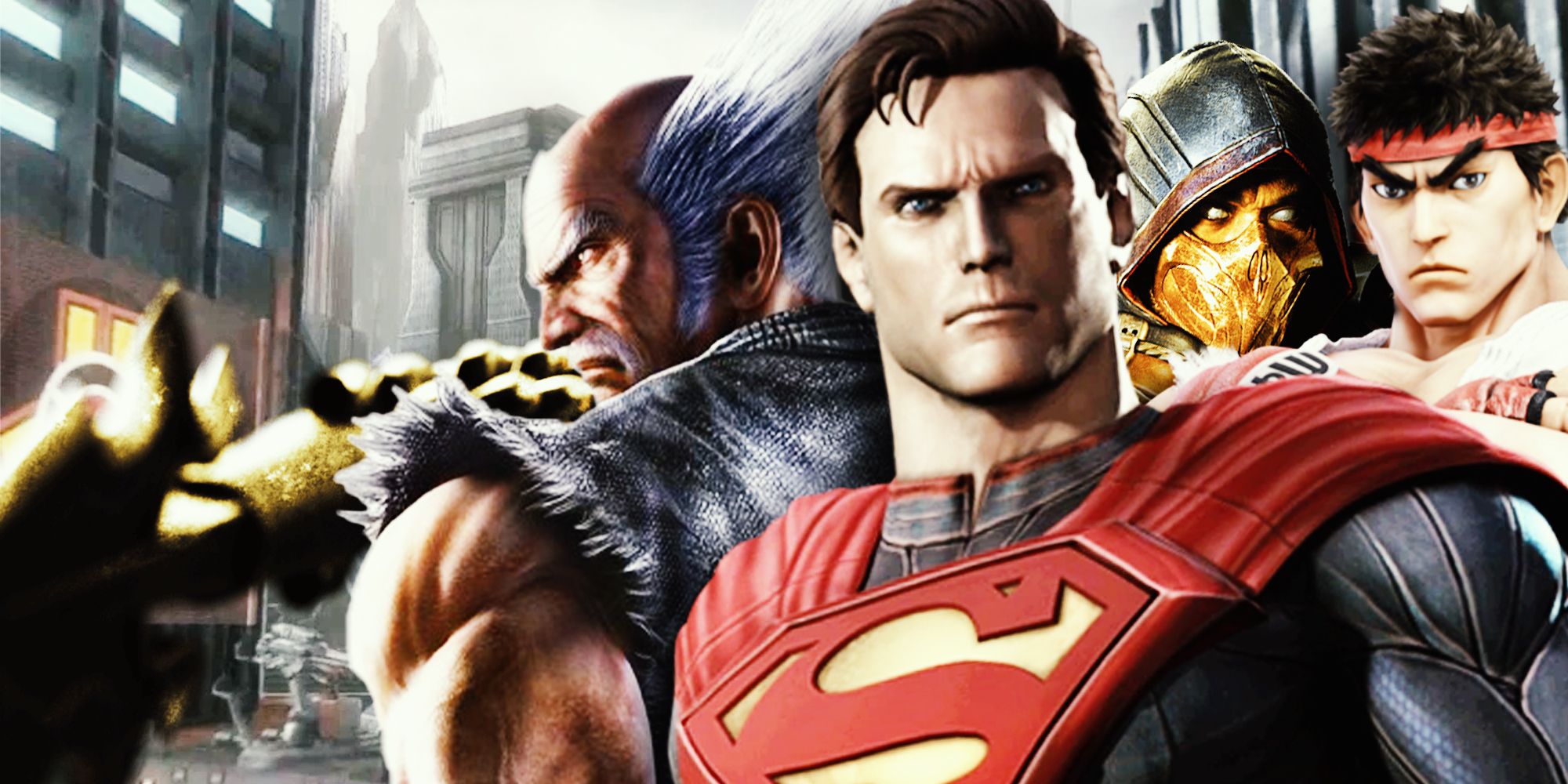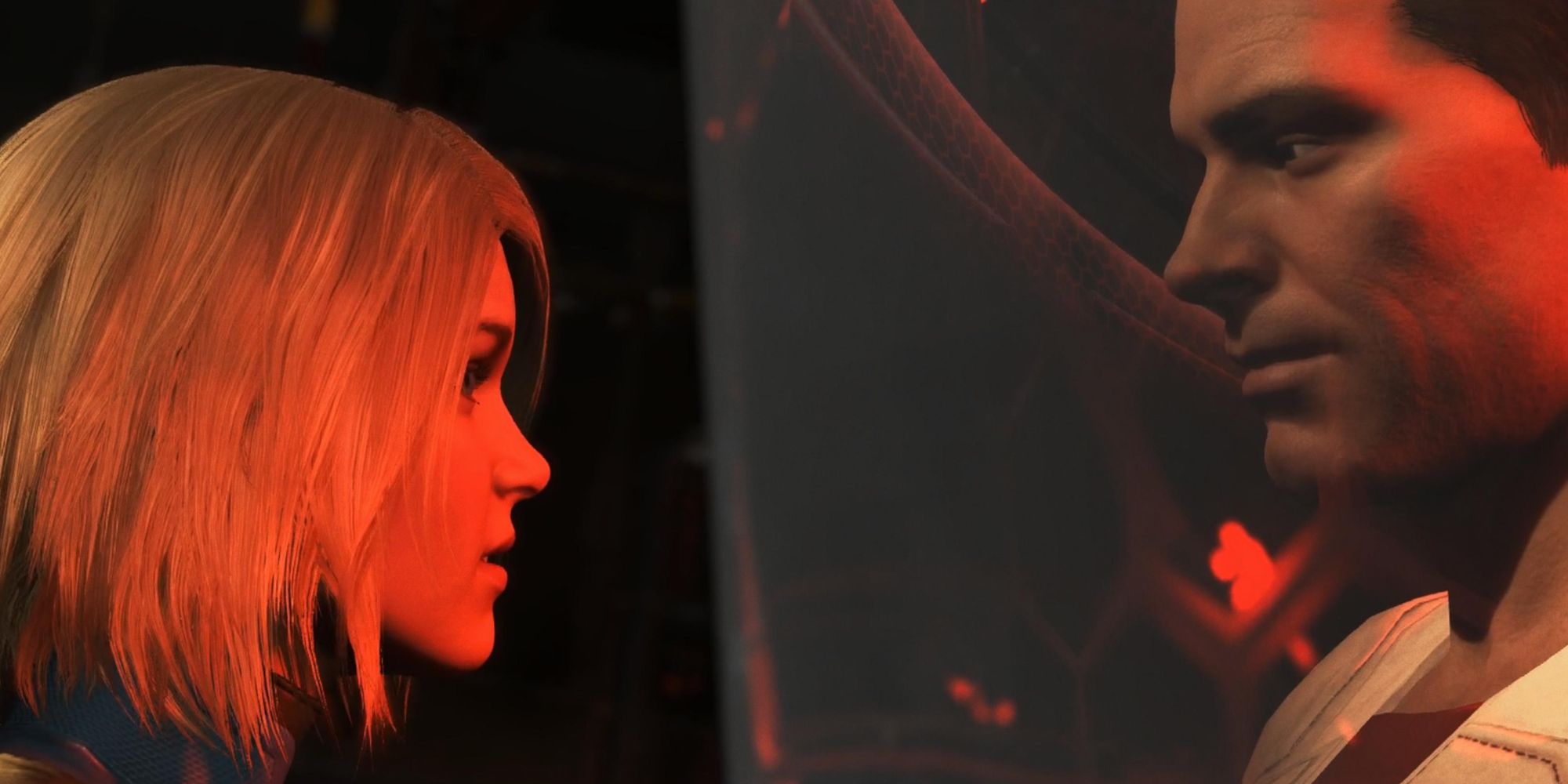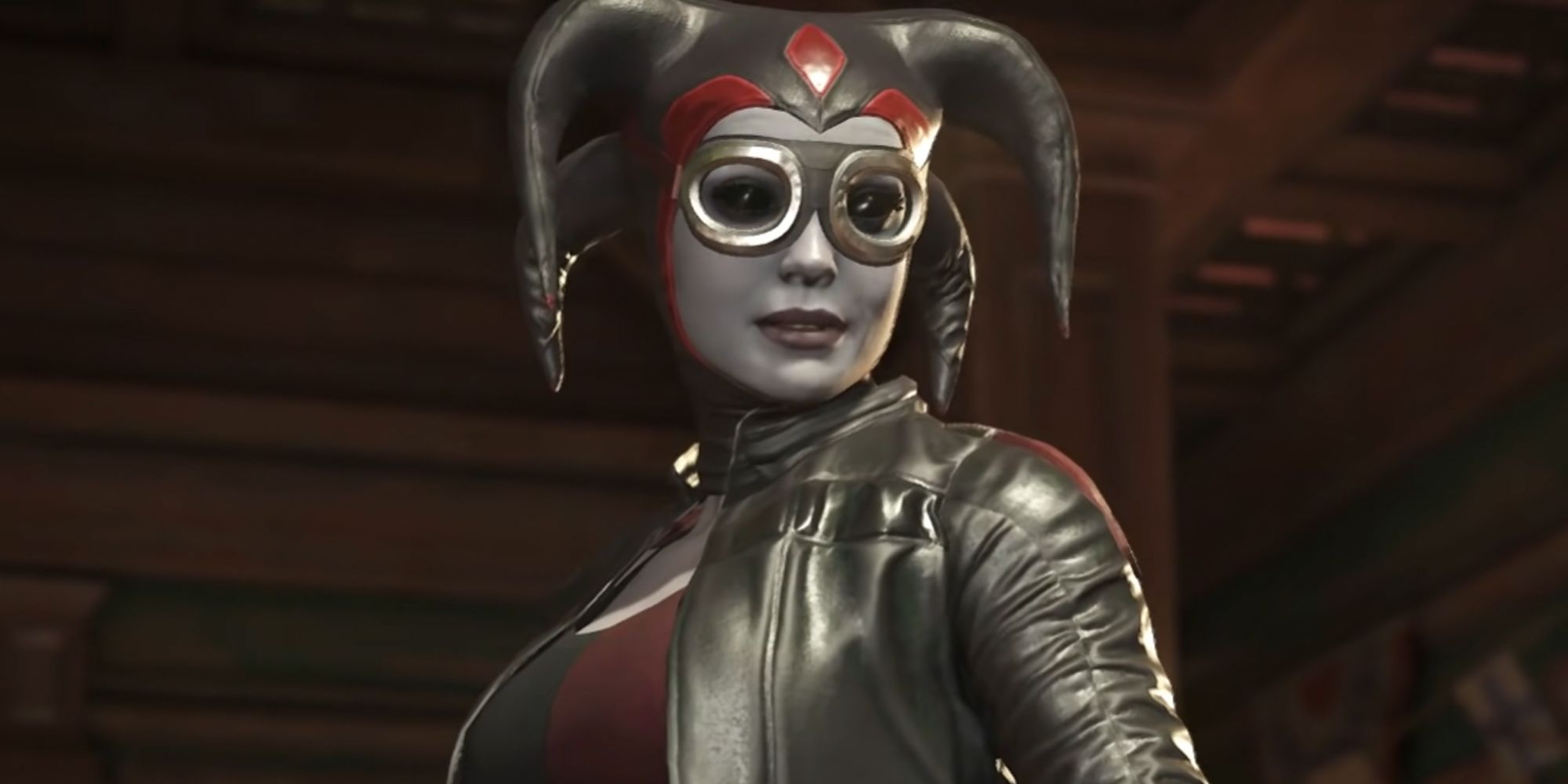Most of the big players in the fighting genre are old warlords at this point. Street Fighter 6 is scheduled for this year, Tekken 8 sometime before this time next year, and Mortal Kombat 12 is heavily rumoured to be on the grill and just about medium well. Street Fighter started in 1987, and has had multiple spin-offs on the road to SF6, while Mortal Kombat began in '92 and Tekken in '94. These games have been around for decades and run these streets. Even Smash Bros., whose status as a fighting game is somewhat contested, is a child of the '90s. The most notable new kid on the block was Injustice: Gods Among Us, now ten years old, and it has built an intriguing legacy.
Injustice was not necessarily designed as an interloper. It was developed by NetherRealm, the same studio that makes Mortal Kombat, using some similar qualities. Injustice had IP tie-in (although Mortal Kombat loves a crossover), and allowed the studio and devs the chance to work on something new while remaining on relatively safe ground. Injustice was also a little less mechanically complex and more approachable, where Mortal Kombat sometimes felt like it was for far more experienced players. It was a strategic move by a studio with a firm footing to give themselves the opportunity to create a different type of fighting game for a different audience, all while relying on their experience and prestige.
While not a new rebel prowling the blocks looking for a way to become king, Injustice was still refreshing. It kept the dark and realistic designs of Mortal Kombat but threw in an array of customisation options, and leaned on the personality of each fighter. It wasn't too realistic (Poison Ivy could beat up Superman in hand-to-hand combat), but each character felt lovingly crafted. They not only had moves unique to them, but that reflected their comic book personalities. Smash Bros. has done something similar over the years, but Injustice really shone with its story.
Most fighting games have a story that just loosely ties together narrative scenarios which allow the stars to whale on each other. Injustice isn't too different, but because it can draw from the comic books, the relationships between the cast felt far deeper and better established. This continued into the regular fights, where characters wouldn't just have a couple of lines of generic banter, but would specifically communicate with their opponent.
Fighting games pride themselves on their complexity, and this draws in the most dedicated crowds. For newcomers, catching up with what is going on in the story is hard enough, but the games themselves are also actively obtrusive. There have always been more accessible games, but too many over-correct or offer cartoonish graphics, not the darker and more compelling tones of Injustice.
It hasn't all been smooth sailing. The extensive customisation was paired with heavy RNG microtransactions in the sequel, leaving me with a fully kitted-out Harley Quinn and everyone else in their default outfits. I also think it sometimes leans too dark in its level design, and could be more distinguished from Mortal Kombat in its aesthetic. But overall, Injustice turning ten and having what is hopefully a bright future before it is a great sign for fighting games.
Street Fighter, Tekken, and Mortal Kombat will each try to push their peaks even higher soon, and it's incredibly impressive that the trio are still at the top of their game. But Injustice did a great job of shaking up the status quo and giving fans a new way in, bridging the gap between cartoonish casual fighters and the most complex heavy hitters. Fighting games remain popular but the community has always been insular. Injustice provided a great in-road to the genre when it arrived, and ten years on, it's still the best path to the big city.



